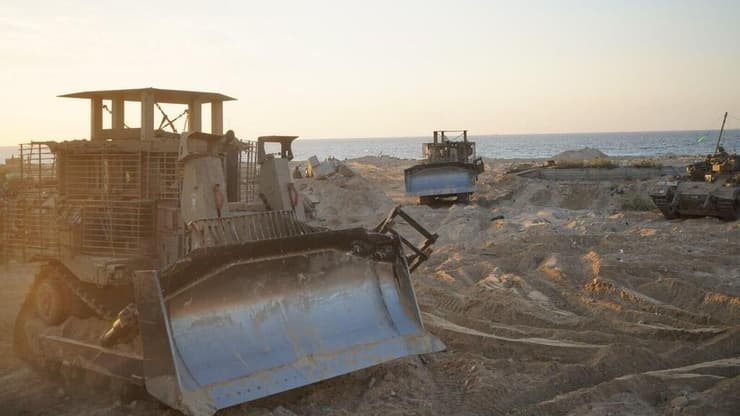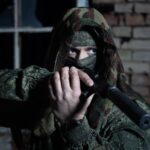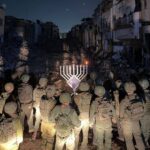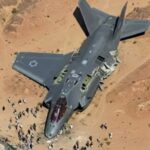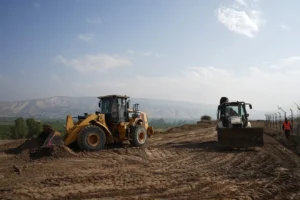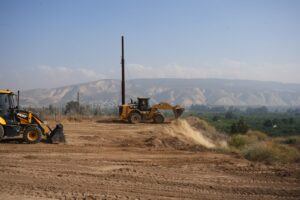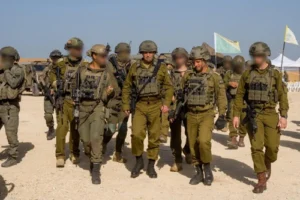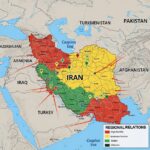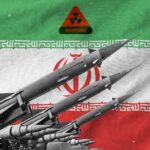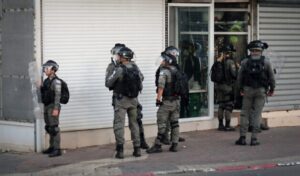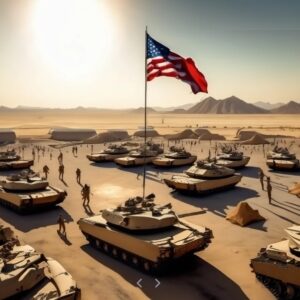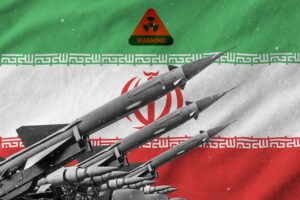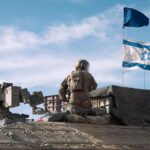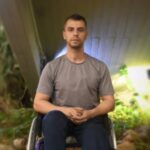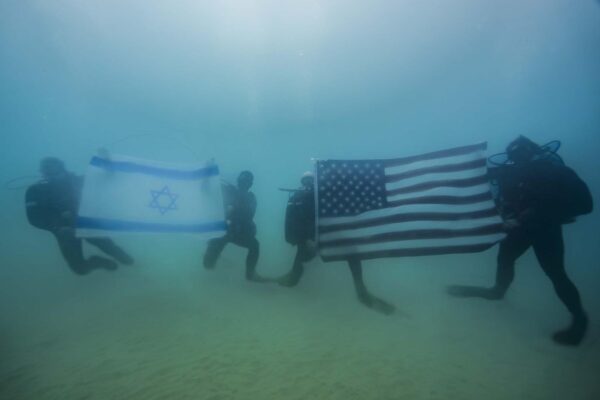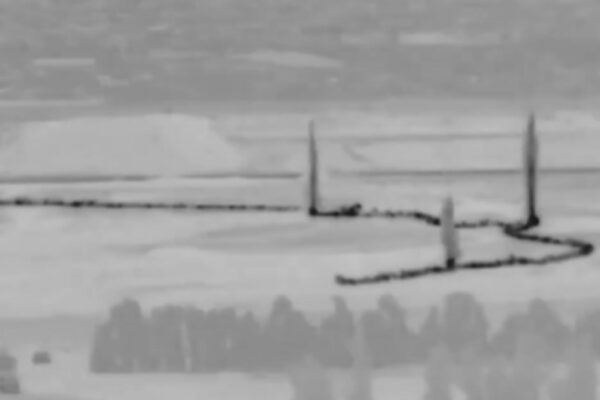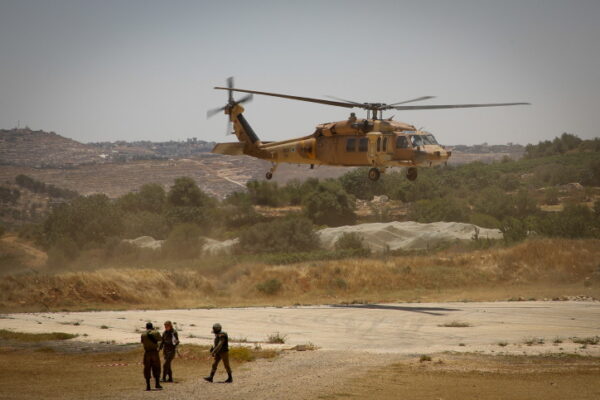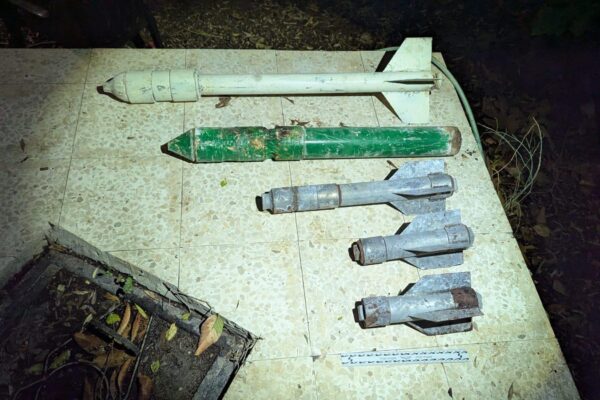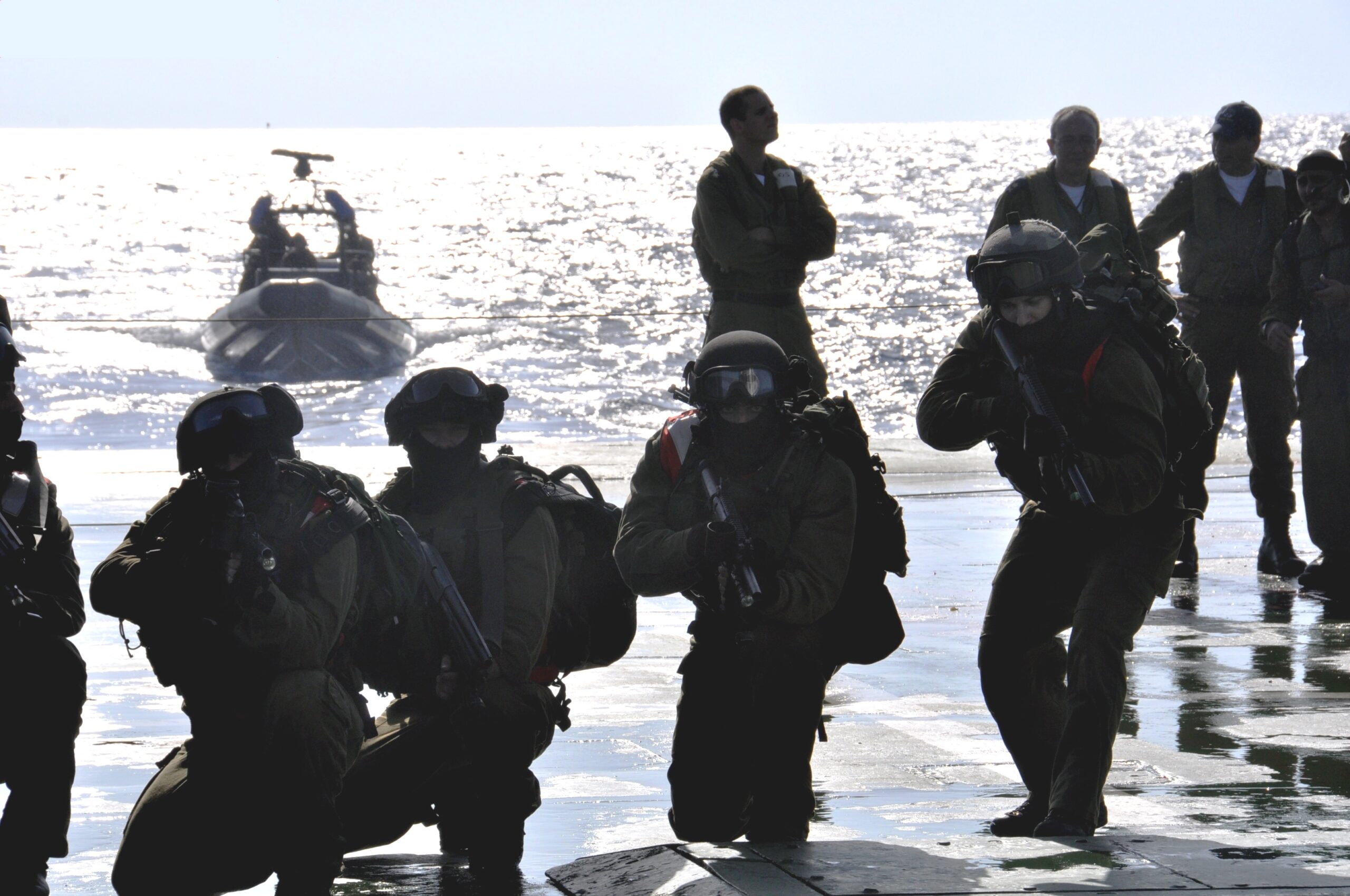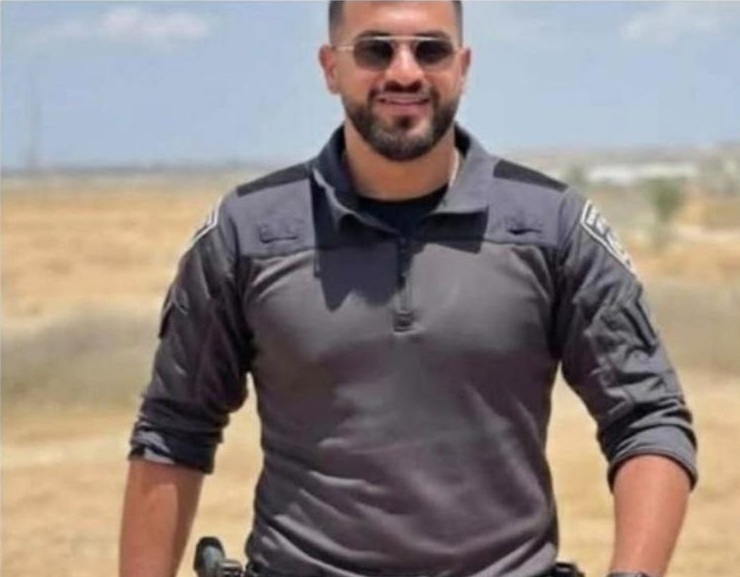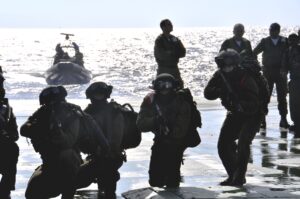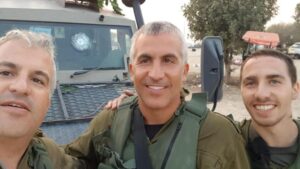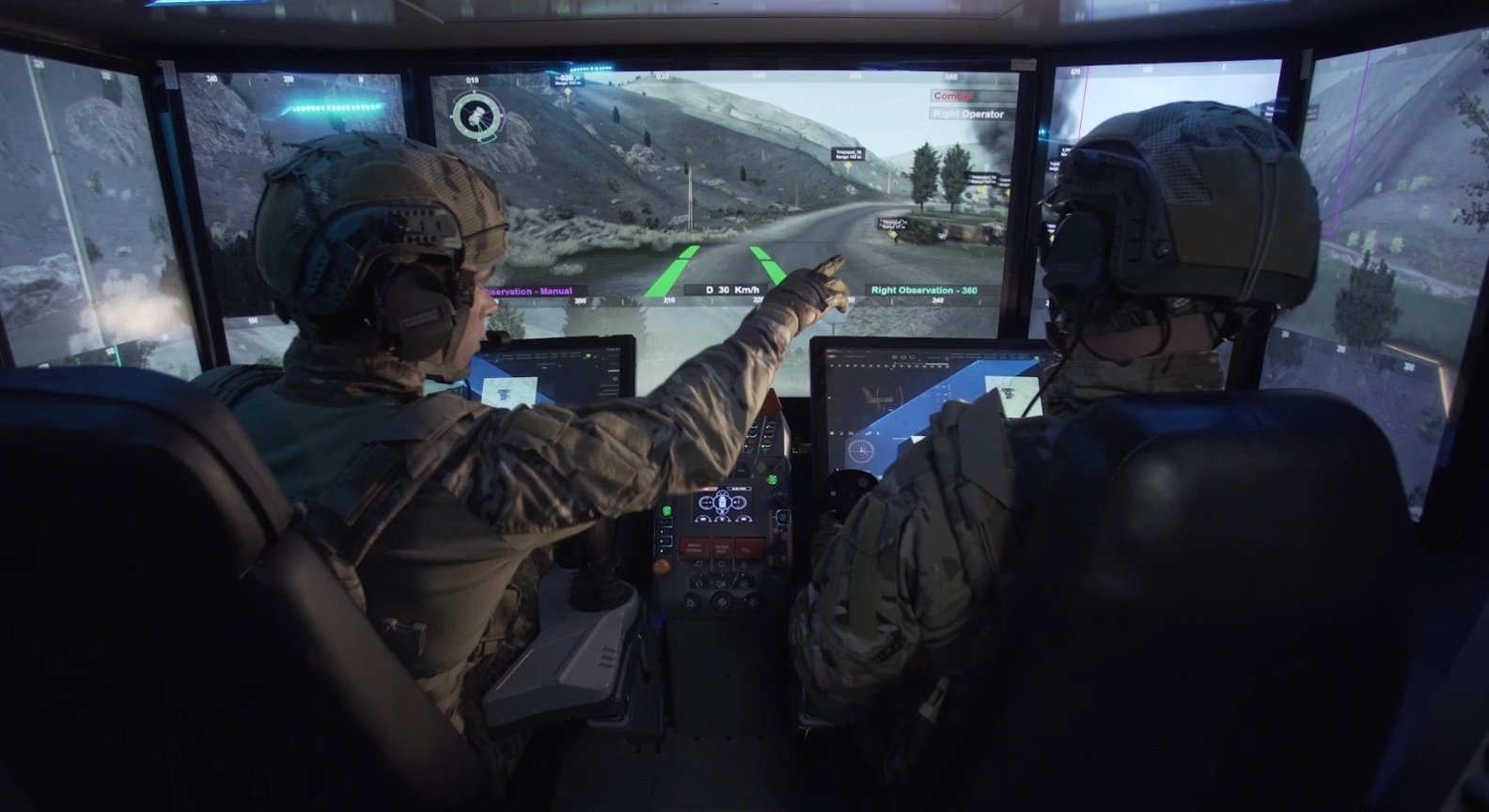D9s are also used to expose concealed areas, such as rubble piles or dense vegetation, which cannot be easily scanned, allowing soldiers to then use other means to clear them of threats, or direct fire, if needed.
By Yaakov Lappin, JNS
The Israel Defense Forces’ (IDF) major offensive in the Gaza Strip, Operation “Gideon’s Chariots,” which commenced on May 16 with the mobilization of tens of thousands of reservists and the deployment of all regular infantry and armored brigades, has seen an extensive and pivotal use of heavy engineering vehicles, particularly the armored D9 bulldozer.
These formidable vehicles play a crucial role in neutralizing pervasive Hamas improvised explosive device (IED) threats and boobytraps laid by terrorist operatives throughout Gaza.
The operational environment in Gaza is characterized by an unprecedented density of IEDs and booby-trapped structures, a tactic Hamas has refined and scaled up significantly.
A senior IDF commander, speaking with JNS on Tuesday, explained the nature of this threat:
“We understand throughout this prolonged fighting that Hamas, like Hezbollah, are ultimately classic guerrilla armies. As guerrilla armies, they use the population both to blend in and they use infrastructure—kindergartens, schools, infrastructure of international organizations, humanitarian organizations—and they use this infrastructure to booby-trap them.”
The officer further elaborated on the scale of the IED problem, stating:
“They make very, very extensive use of IEDs. This isn’t new to us; already in Operation Cast Lead in 2008, we encountered serially produced Hamas IEDs with labels, serial numbers, and production dates. We are encountering the same IEDs now, just in much, much larger quantities.”
The officer stressed Hamas’s utter lack of moral restraint in deploying these devices.
“We see that they simply booby-trap anything they can, and they have no barrier or any moral limit in this aspect. We’ve seen booby-trapped kindergartens, also with tunnel shafts; we’ve seen schools; we’ve seen sites that are supposed to be used for humanitarian aid – in every such place, we encountered IEDs, we encountered tunnel shafts,” he stated.
According to the officer, Hamas booby-traps three main types of locations: any conceivable structure or object, roads, and routes of movement (including paved roads used by civilians, similar to threats faced by US forces in Afghanistan and Iraq).
IED fields are also deployed around operationally significant targets for IDF forces, such as tunnel shafts.
He added that Hamas terrorists deliberately rely on the IDF’s moral code, exploiting this knowledge to their advantage.
In this treacherous environment, the D9 bulldozer has proven indispensable.
The senior IDF commander described the D9 as “a very versatile and very useful tool on the battlefield. It can be used for a wide range of military applications, whether it’s preparing terrain, breaching routes, or exposure and clearing.”
Its most critical function in the current offensive is countering the IED threat.
“In the context of dealing with IEDs, the bulldozer allows the fighting element, the maneuvering element—whether it’s tanks, Namer Armored Personnel Carriers, or infantry—to essentially have a sort of reconnaissance screen ahead of the force. As a large, protected, tall vehicle, it allows for an initial encounter with the IED instead of that encounter being with a soldier,” the source explained.
He further detailed the D9’s specific capabilities for unearthing hidden dangers:
“The D9 has a front blade and also a rear ripper, which allows it to create friction with the ground. This way, it’s possible to actually locate and deal with IEDs that are buried. On the other hand, the power of this vehicle also allows it to make changes to the ground and thus also prevent threats and reduce risks to forces in both dimensions [overground and underground].”
D9s are also used to expose concealed areas, such as rubble piles or dense vegetation, which cannot be easily scanned, allowing soldiers to then use other means to clear them of threats, or direct fire, if needed.
While the D9 is a primary tool, the IDF employs tactical flexibility. “We try not to get fixated on one operational template, because that also allows the enemy to learn and prepare against our actions,” the officer noted.
Relating to Hamas’s extensive surveillance network, he said, “We know the enemy is always watching us; they have many cameras deployed throughout the Strip, including in humanitarian sites or sites of international organizations because they know we won’t attack those locations, so they place cameras there.
They also have a very wide array of spotters—children, women, elderly people—population types they know with certainty we will not attack, and these two factors help them learn our forces’ operational patterns.”
Ultimately, he said, IDF commanders have a toolbox to use as they approach any combat operation.
“In accordance with their situation assessment and how they analyze the terrain and the enemy, they choose which tool to send first and which second, constantly adapting to different constraints,” the IDF officer explained.
The IDF’s engineering capabilities are also advancing technologically.
The officer mentioned the IDF’s efforts towards remote operation and automation across various platforms, not limited to engineering vehicles but also evident in the drone and aerial domains.
In November 2024, Israel Aerospace Industries (IAI) confirmed the use of its unmanned ground systems in recent IDF operations.
IAI’s unmanned version of the D9, known as the RobDozer (or Panda in IDF terminology), has been used for high-risk missions including clearing paths, bridging, and countering IEDs, often as part of a “robotic combat task force” that can include unmanned M113 armored personnel carriers.
IAI’s Automation system acts as “the brain” to unite these unmanned tools and integrate them into the manned combat environment.
IDF Southern Command officials reportedly stated on May 24 that IDF ground operations in Operations Gideon’s Chariots are advancing slowly and systematically precisely to avoid IEDs and booby traps, with significant engineering work by bulldozers like the D9 often preceding troop movements.
The senior IDF commander emphasized that the D9 is not the sole tool for this purpose:
“There are other tools in the arsenal; there are also aerial assets that we use, and there are also means that the soldier at the tactical edge can take that will help him either detect or neutralize an IED. Of course, there are also dedicated forces of combat engineering and Yahalom (special engineering unit) whose role is to locate and neutralize IEDs.”
Reflecting on the progress made, the commander asserted, “Categorically, we are in a different place from where we were on October 7 [2023]. The army and the State of Israel are investing many resources in developing more technological means and combat equipment, both for the soldier at the edge and for the more systemic echelons, to deal with this threat.”
He added, “Ultimately, we understand that this—the IEDs—is one of the main tools of a terror army like Hamas. And enormous efforts and resources are invested to truly provide a wide range of tools for all echelons operating in the field, from the soldier at the edge to the brigade and division headquarters.”


